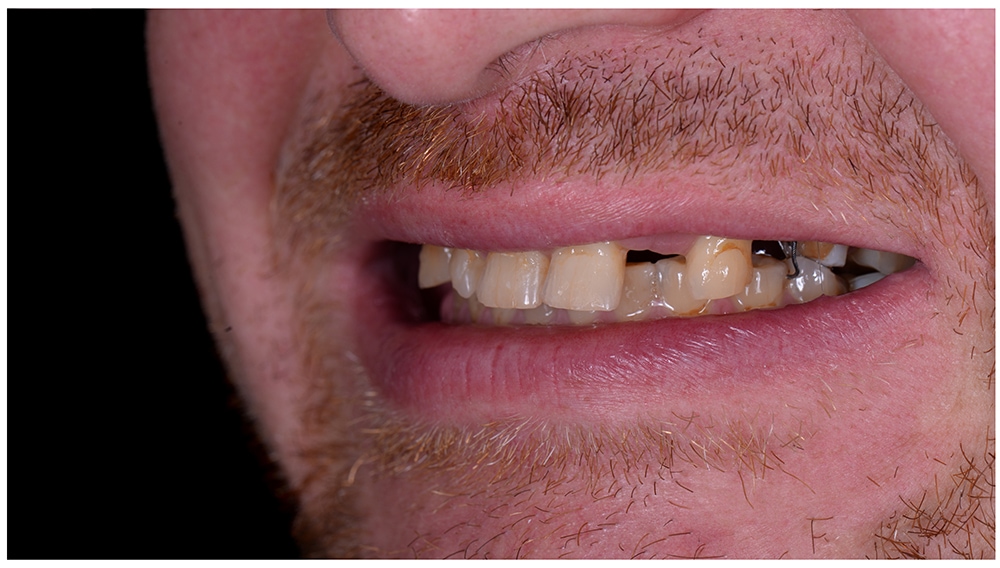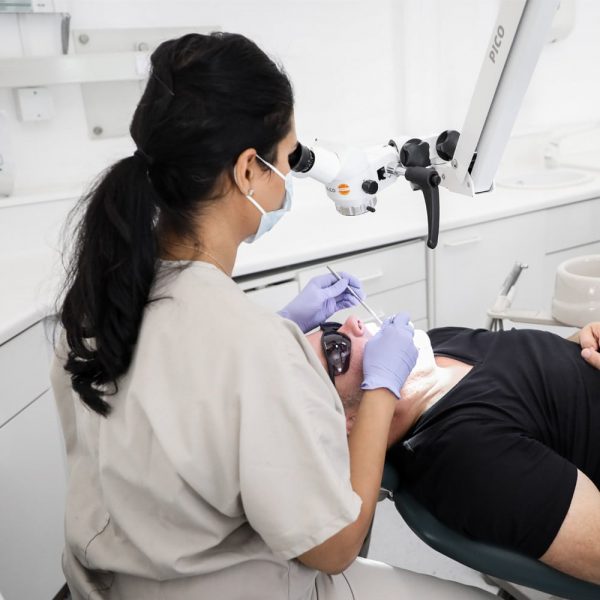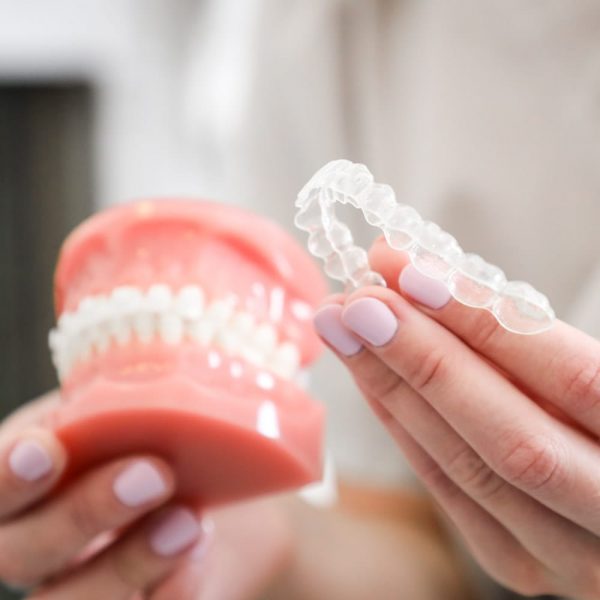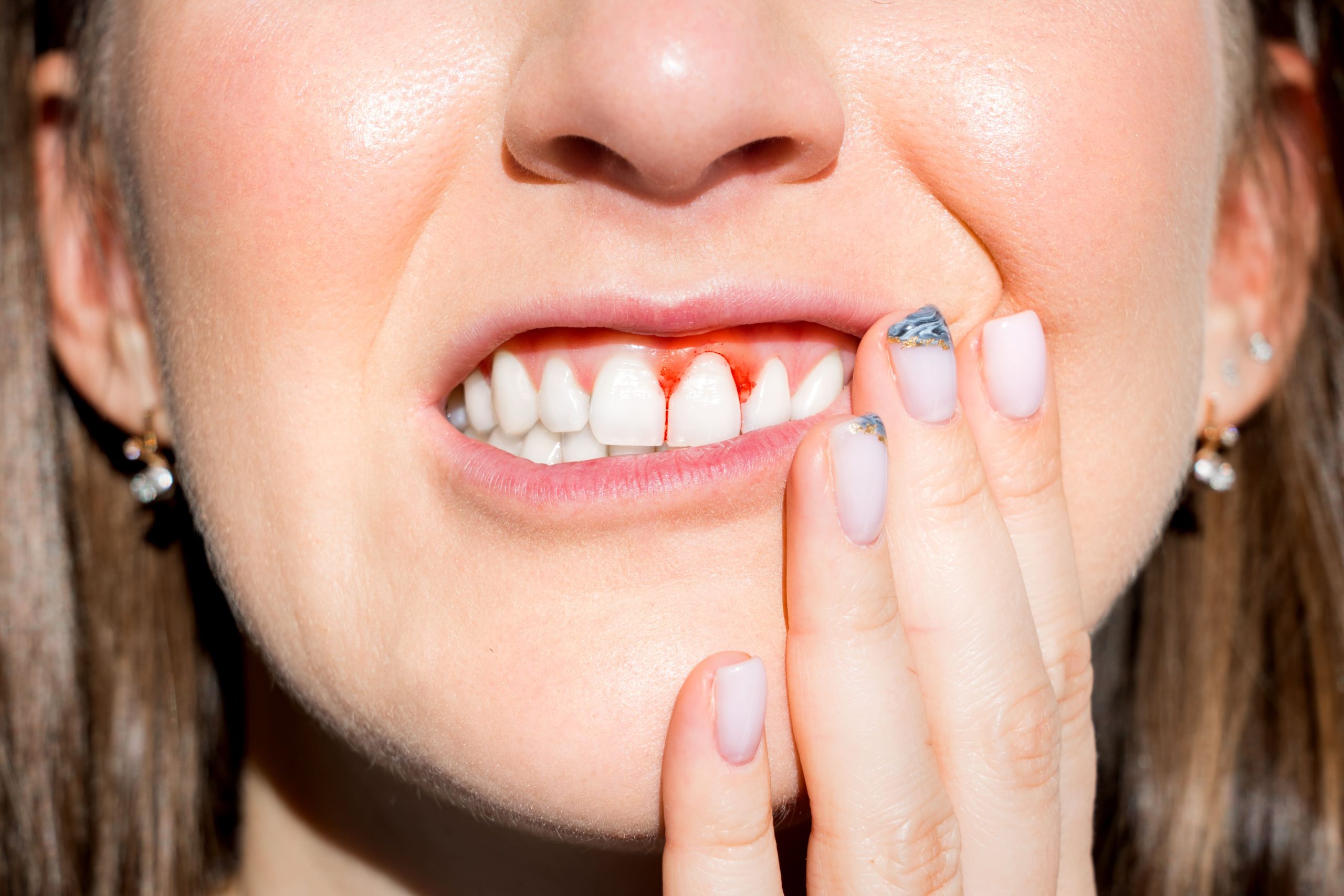Dental bridges might be the solution if you are self-conscious about your missing tooth or missing teeth. These dental devices are designed to replace one or more missing teeth, improving your appearance and oral health. Dental bridges fill the gaps left by missing teeth and help distribute the force of your bite evenly across all teeth, preventing other teeth from shifting and causing further damage.
Key Takeaways about Dental Bridges
- Dental bridges can improve appearance, distribute the bite force evenly, restore a smile, and prevent further tooth loss.
- There are different types: including traditional, cantilever, Maryland, and implant-supported, each with its own advantages and disadvantages.
- The choice of materials affects cost, lifespan, stability, and aesthetics, with porcelain offering natural-looking results and gold-based bridges offering exceptional durability.
- Alternatives to dental bridges include implants, partial dentures, space maintainers, and tooth extraction, depending on the specific situation. Regular care and maintenance are essential for the longevity of dental bridges.
What is A Dental Bridge?
A dental bridge is a permanent fixed dental restoration for missing teeth that enhance your smile and protects your remaining teeth from shifting. It essentially involves the permanent attachment of a false tooth (or teeth) to one or both teeth on either side of the gap
They are made of various materials, such as porcelain, gold, or both. The choice of material affects the dental bridge's cost, lifespan, stability, and aesthetics.
Porcelain fixed bridges offer natural-looking results and are popular for their aesthetic appeal. However, they’re more fragile than metal-based bridges and require careful maintenance to prevent chipping or cracking.
On the other hand, gold-based bridges offer exceptional durability and require less tooth removal during placement. They may not be as visually appealing as porcelain bridges but can be an excellent option if you have concerns about longevity.
Types of Dental Bridge
These include traditional fixed-fixed bridges, cantilever bridges, implant-supported and resin-retained adhesive bridges (aka Maryland Bridges), each with unique benefits and potential drawbacks. Traditional bridges require adjacent teeth to remove their enamel, making them a more invasive option. Cantilever bridges may have a higher chance of complications like fractured teeth or loosened crowns since they rely on one abutment tooth for support. Maryland bridges do not require adjacent teeth to remove their enamel but are less durable than traditional bridges. Implant-supported bridges require two surgeries and can take several months to complete, but they are a good option when there is a higher chance of putting too much pressure on individual implants.
Here’s a table that summarises the types of dental bridges:
| Type |
Benefits |
Drawbacks |
| Traditional Bridges |
Strong enough to replace molars |
Requires adjacent teeth to have enamel removed |
| Cantilever Bridges |
More conservative alternative than traditional bridges |
Higher risk of complications |
| Maryland Bridges |
It doesn’t require the removal of adjacent tooth enamel; it is recommended for front teeth replacement. |
Not as durable as traditional bridges |
| Implant-Supported Bridges |
Long-lasting solution for missing teeth; good option when too much pressure on individual implants |
Requires two surgeries |
Dental bridges provide an aesthetic impact by restoring your smile and improving overall oral health. They offer a long-lasting solution for missing teeth and can be customized to fit your individual needs. In the next section, we’ll discuss the benefits of dental bridges in more detail.
There are three main types of dental bridges: traditional fixed bridges, cantilever bridges and Maryland bonded bridges. Types of Dental Bridges
The Dental Bridge Procedure
To get a dental bridge, you must prepare your abutment (surrounding) teeth for the prosthesis. This includes shaping the teeth and sending impressions to a dental laboratory for construction. Local anaesthetic is used during this process to ensure your comfort.
Once the unique appliance has been made, it’s time for fitting. The temporary bridge (if used) is removed, and the underlying teeth are cleaned before dental cement is used to fix the permanent bridge in place on the abutment teeth.
Before leaving, your dentist will provide aftercare instructions and cost estimation for potential complications that may arise with improper maintenance. Remember, regular checkups are essential to maintaining your new smile!
Advantages of Dental Bridges
The advantages of dental bridges extend beyond aesthetic appeal. They allow you to chew properly, speak more clearly, and prevent further tooth loss.
In addition to these practical benefits, dental bridges also boost your self-confidence by restoring your smile to its former glory. With proper care and maintenance, dental bridges can last for many years. So why wait? Consider this as a viable dental care option before moving on to alternatives such as implants or dentures. Not only do they restore the appearance of your smile, but they also provide numerous advantages that go beyond aesthetics. Dental bridges are known for their longevity, functionality, and cost-effectiveness.
Alternatives to Dental Bridges?
Dental bridge alternatives include implants, partial dentures, and space maintainers are available.
Implants can be a great choice if there’s enough foundation bone left to support them. They provide a long-lasting solution that mimics natural teeth without relying on adjacent teeth for support.
Partial dentures work well if gum and bone loss have occurred or several teeth are missing. They can be customised to match natural teeth and are removable for easy cleaning. Sometimes, space maintainers may be used to stop teeth tipping or close any gap before a suitable replacement is in place.
Moving forward with any alternative option will depend on individual circumstances and should always involve a discussion with your dentist.
Dental Bridge: Maintenance and Aftercare.
When caring for your new dental bridge, avoiding hard and sticky foods and excessive sugary or acidic food and drinks is important. These foods can damage your bridge and the supporting teeth by causing tooth decay. This leads to complications down the line.
To ensure the longevity of your dental bridge, follow these cleaning tips:
-
Brush twice daily with an oral b electric toothbrush with a timer and a pressure sensor for at least two minutes each time.
-
Clean between your teeth with interdental brushes at least once a day.
-
Use fluoride toothpaste twice daily.
In addition to these hygiene practices, scheduling regular visits with your dentist and dental hygienist is essential. They will be able to monitor the condition of your bridge and provide replacement options if necessary.
With proper care, a dental bridge can last over ten years, giving you confidence in your smile's function and aesthetic impact.

















